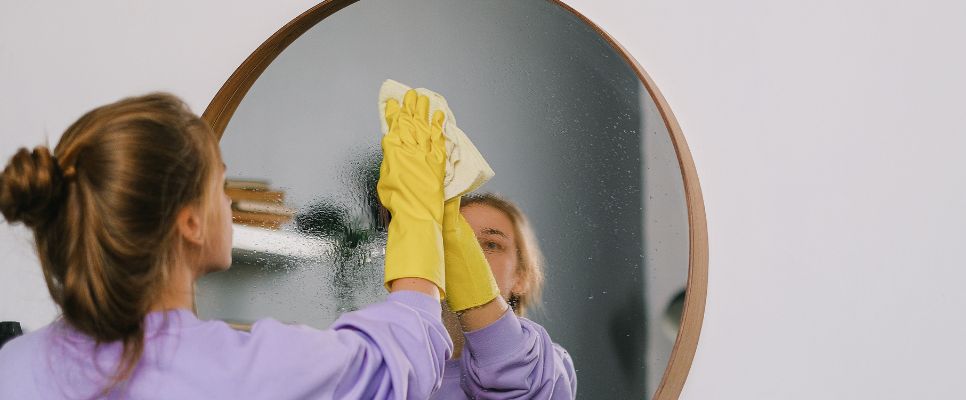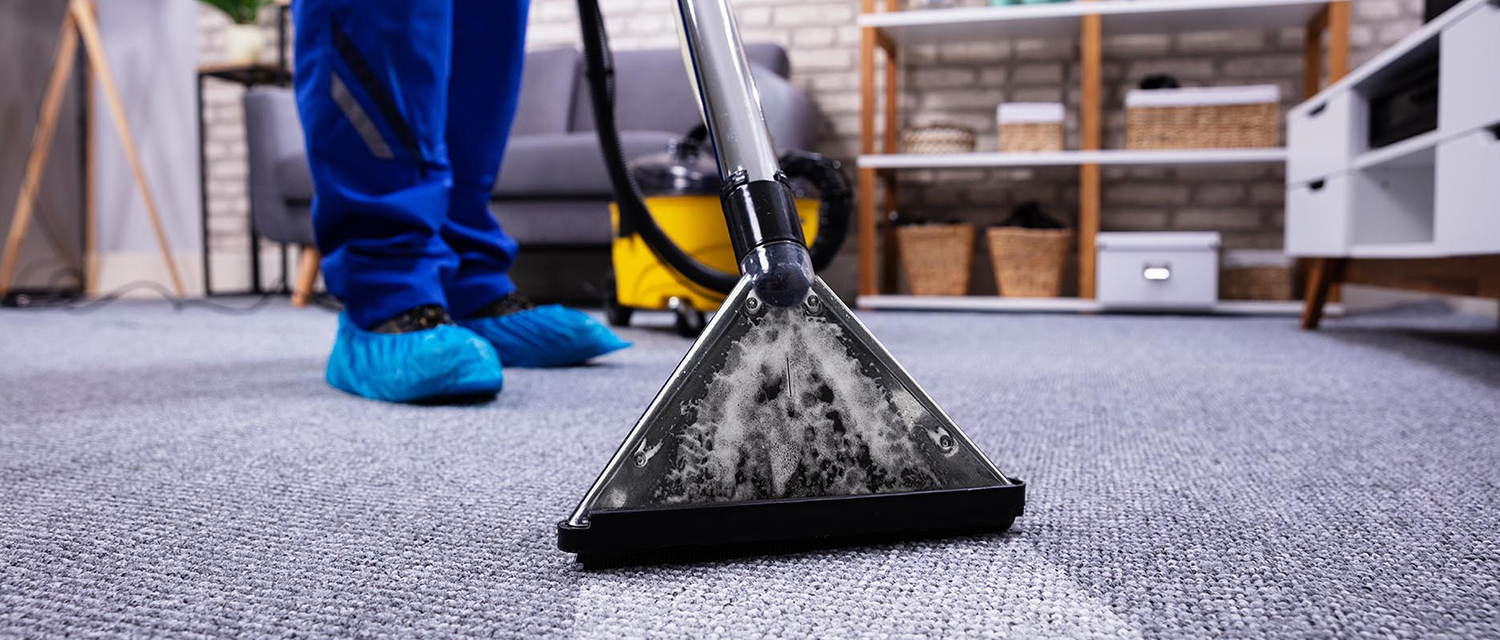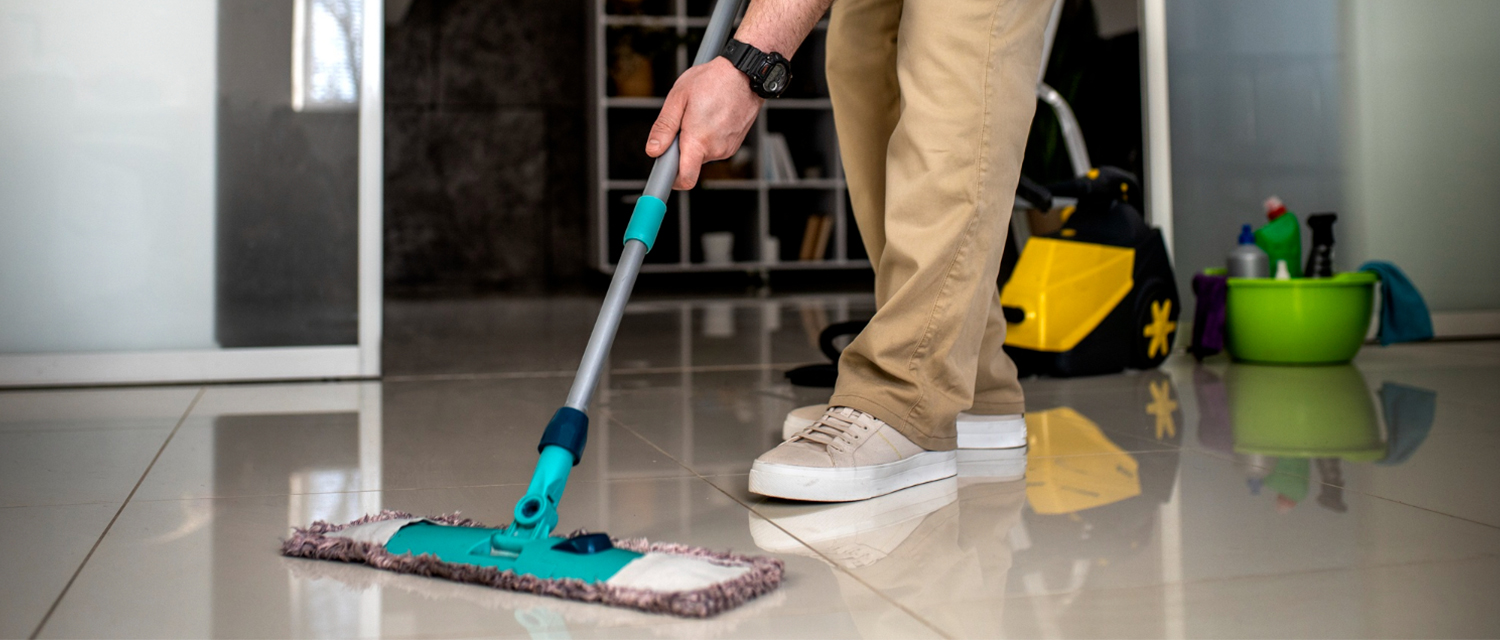Get free quotes within minutes
How to tackle dust issues in homes?

Table Of Content
- Introduction
- Understanding Dust: What Is It?
- Seasonal Considerations To Tackle Dust
- Ways of Desisting Dust in Your House
- Conclusion
With dust being part and parcel of our lives, it is high time we found ways of making it less of a headache within our homes. To summarize, having a clearer understanding of what dust is; the sources; and appreciating the practical ways of controlling dust are a great deal fundamental to your better indoor environment. In this guide, you’ll learn all that you need to know about dust and how you can overcome dust problems.
Understanding Dust: What Is It?
Dust is a collection of tiny particles that settle on surfaces, made up of things like dead skin cells, fabric fibres, pollen, dirt, and even tiny bits of plastic. It forms naturally in homes and outdoor spaces, often carried by air, and can build up quickly, especially in enclosed areas.
What Comprises Dust?
Dust is composed of various particles, including:
- Skin Cells: People lose millions of skin cells daily and this makes houses.
- Pet Dander: Concerned pet owners may need to clear the dishes as tiny flakes of skin, and fur from the pets may gather and contribute to the duster.
- Pollen: Fragments of plants produce pollen and during the spring, these can easily find their way into homes, substantially increasing the dust in homes.
- Mould Spores: They grow in areas that are wet and can spread spores across the room.
- Textile Fibers: The fibres in carpets, curtains and clothes, can degrade and contribute to dust formation.
- Soil and Dirt: Bacteria and other particles brought into your home can easily become new members of the dust family.

Why Is Dust a Concern?
Dust accumulation can alter the quality of air being breathed and cause allergic reactions, and respiratory ailments. Those who prefer dust environments may also suffer from asthma or allergy attacks. Reducing dust accumulation can contribute to developing a better living environment for the occupants.
Which Are Sources of Dust in Your Home?
Knowing how the dust originates can assist you manage it better since it says that dust never disappears completely. Here are common sources:
- Open Windows and Doors
Although fresh air is healthy, loose windows and doors will let in outside dust, pollen, and other allergens into your home. - HVAC Systems
Dust can be airborne and can flow through heating, ventilation and air conditioning units. Filters however can get filled, thereby leading to a decrease in the quality of air in the room. - Textiles and Fabrics
Curtains, carpeted floors and arranged furnishings harbour dust and allergens. A reading form shall be established with an emphasis on upholstered furniture, curtains and carpets. They also can emit these particles back into the atmosphere when the material is disturbed. - Pets
Often, pet dander, hair and skin are the main source of dust in homes with multiple pets. - Foot Traffic
Indoor plants as well as outside shoes and clothes have the potential of bringing in soil and dirt into the house if the outdoors is kept clean.
Seasonal Considerations To Tackle Dust
One of the external reasons that make it necessary to have different dust management measures include season changes. Here are some seasonal tips:
Spring:
- Pollen Control: In a flowering season, avoid opening the windows and use the AC to help filter the air.
- Deep Clean: So, perform a vigorous cleaning in the springtime, paying, particularly, to the areas that may have got dusty during the winter.
Summer:
- Humidity Management: To minimize the effects of dust mites that bring high humidity levels use dehumidifiers.
- Regular HVAC Maintenance: Make sure your air conditioning system is functioning well so as to restrict circulation of the dust.
Fall:
- Prepare for Winter: By ensuring to clean your heating system and users change filters early enough before winter, there will be little impact of dust that accumulates on heating.
- Address Allergens: Falling leaves can make outdoor dust production higher, therefore windows must be closed and cleaned often.
Winter:
- Indoor Air Quality: There is dust which can be trapped indoors once windows are closed hence the use of air purifiers for this purpose.
- Regular Vacuuming: Also, make sure to change the vacuuming to avoid the accumulation of dust that is caused by dry indoor air and static electricity.
Ways of Desisting Dust in Your House
1. Regular Cleaning Routine:
Regular cleaning is the solution to humidity since it will help get rid of dust once it has a definite schedule of when to perform its duties. Here’s how to do it effectively:
Daily Tasks:
Dust Surfaces: A microfiber clean cloth moistened with water only should be used to dust the surfaces daily. Contrary to most of the other methods, this one captures dust instead of circulating it around.
Sweep and Vacuum: Targets areas with significant foot traffic so bear in mind that it’s good to use a vacuum with a HEPA filter for dealing with tiny dust particles.
Weekly Tasks:
Mop Floors: This remaining dust should then be wiped up using a mop that has been slightly damp on hard floor surfaces. But for carpets, vacuum them well or maybe sweep them if the season is dry.
Wash Bedding: Towel and wash bed covers and pillowcases once a week preferably using hot water in order to kill dust mites and other allergens as well.
Monthly Tasks:
Deep Clean: This will also cover tricky areas such as ceiling fans, lighting fixtures, and baseboards. In the case of high areas, you should use an extension duster.
Upholstery Maintenance: Clean using a vacuum cleaner any upholstered furniture and washing of cushions if possible.
2. Invest in Quality Air Filters:
Filtering the air with certain filters for your HVAC systems can guarantee small dust particles to be eliminated. Seek a Minimum Efficiency Reporting Value (MERV) of at least 11 when selecting the filter. These types of filters can capture smaller details hence reducing the quality of air in the provided environment.
3. Optimize Humidity Levels:
Dust mites are known to be outgrowers in particular in humid regions. As for the indoor humidity, it is better not to let it reach 30%, but not more than 50% since it is greatly responsible for dust formation. Use a dehumidifier if necessary and consider:
Using Exhaust Fans: Cook with exhaust fans open or take a quick bath and switch on the exhaust fans to clear the house’s humidity.
Ventilating: Pay special attention to correctly insulated and aired spots of the house such as restrooms and kitchen.
4. Create a Dust-Free Entryway:
Dirt should not be allowed to enter the house hence you should ensure you create a clean entranceway. Here are some tips:
Use Doormats: Put durable mats outdoors as well as indoors and they will help to capture the dirt.
Shoe Policy: Sweep/vacuum your entire house regularly, and if you want to be extra safe avoid wearing shoes in your house.
Organize: Do not allow clutter to accumulate at entry points in a home to make cleaning easier.
5. Maintain Your HVAC System:
Simple practices such as the proper upkeep of your heating or cooling system may drastically minimize particles floating into the air. Here’s what to do:
Change Filters Regularly: Replace or wash the filters every 1-3 months based on usage and the kind of filter that is used.
Schedule Professional Cleanings: Make sure to call a professional and have your HVAC system checked and cleaned at least once a year.
6. Choose the Right Furnishings:
Your home’s furnishings and the kind of materials you use in your house will determine the level of dust in your home. Consider the following:
Opt for Hard Surfaces: It will be better to use hard floors such as oak, walnut or tiles rather than carpeted floors as they do not accumulate dust.
Select Washable Fabrics: In this way, to save time and effort use machine-washable curtains and slipcovers.

7. Limit Clutter:
They are clutter-prone, and this means they accumulate dust and become difficult to clean. Here are tips for decluttering:
Organize: Periodically sort through and purify all your accessories and give out some things you do not use any longer that may be unused for years.
Use Storage Bins: Fresh store items should be placed in sealed bins to avoid accumulation of dust.
Minimize Decorations: Avoid items that will require frequent dusting and cleaning; instead, use a few of such items that will be easy to clean.
8. Pet Care:
If you have pets, their care can significantly impact dust levels:
Regular Grooming: Bathing and brushing should also be done often to reduce dander and fur.
Designate Pet-Free Zones: Maintaining pets away from the rooms they are forbidden such as the bedrooms to avoid the effects of allergens.
Invest in Air Purifiers: Bath and brush all animals frequently and use air purifiers with HEPA filters in pet zones for better trapping of dander and hair.
9. Use Air Purifiers:
One well-known fact is that air purifiers have the benefit of removing dust and allergens from inside your home. Here’s how to choose and use one:
Select HEPA Filters: Select those air purifiers with HEPA filters to ensure that they remove dust particles in the best way possible.
Position Wisely: Install several purifiers in the most common space of the home, for instance, the living room and the bedrooms.
10. Seal Cracks and Gaps:
Miscellaneous dust can find its way into the house through openings such as the door and the windows. Take the following steps to seal your home:
Inspect Windows and Doors: Think of cracks around frames and seal them by using weather stripping or caulk.
Check Outlets and Vents: Make certain the electrical outlet and air vents are well sealed so that dust will not easily get inside.
Conclusion
It may sound strange to many people, but dust problems in one's home may not be very easy to address, however, with ample effort and the right method, dust problems may be reduced to the bare minimum in your home. Being aware of where dust comes from, having regular cleaning schedules, choosing furniture and controlling air quality may help you and your family enjoy a better quality of life.
Please do not forget that while you might not like the sight of dust in your home, it is incredibly important for your health. If you are going to follow all the tips outlined above, then you will be in good stead to have a cleaner and healthier home and be able to get the most out of your home space.













